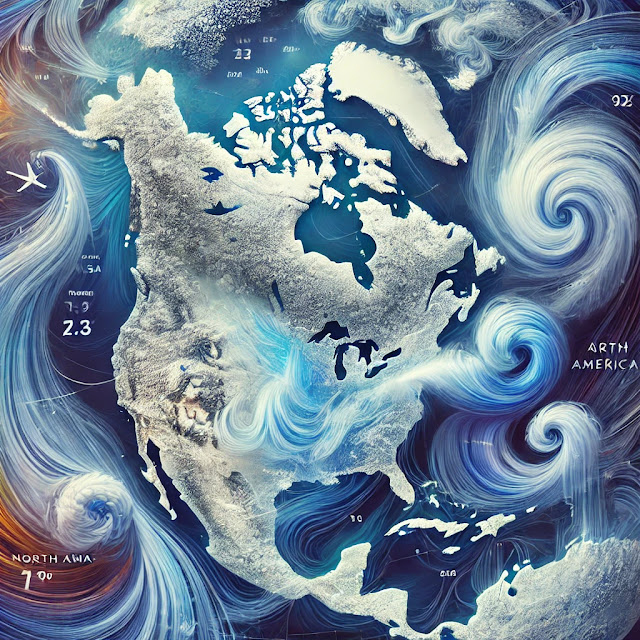Extreme Cold Warning in the United States: The Science Behind the Deep Freeze
Extreme Cold Warning in the United States: The Science Behind the Deep Freeze
Introduction
As temperatures plummet across the United States, extreme cold warnings have gripped large portions of the country. The bone-chilling cold isn't just inconvenient—it's dangerous, affecting millions of lives and disrupting daily activities. But what causes such extreme cold spells, and how does science explain these phenomena? Let’s delve into the meteorological and scientific reasons behind these frigid temperatures.
What is an Extreme Cold Warning?
An extreme cold warning is issued when temperatures or wind chill values are so low that they pose a risk to public safety. Frostbite, hypothermia, and other cold-related illnesses become real threats in these conditions. The thresholds for such warnings vary depending on the region but are typically issued when the wind chill drops to dangerous levels.
The Science Behind the Arctic Chill
Polar Vortex
- The primary driver of extreme cold in the U.S. is the polar vortex—a large area of low pressure and cold air surrounding the Earth’s poles.
- During winter, this vortex can weaken, allowing frigid air to escape and drift southward into regions like the United States.
- The most recent polar vortex disruptions have led to record-breaking cold temperatures in many states.
Jet Stream Behavior
- The jet stream, a fast-flowing air current, often acts as a boundary between cold polar air and warmer southern air.
- When the jet stream dips unusually far south, it drags Arctic air along with it, causing prolonged cold spells in areas that are usually milder.
Climate Change Paradox
- While it may seem counterintuitive, some scientists argue that climate change can intensify polar vortex disruptions.
- Melting Arctic ice and warming oceans may alter atmospheric patterns, leading to more frequent and severe cold outbreaks.
Impacts of Extreme Cold
Health Risks
- Frostbite: Exposed skin can freeze within minutes in extreme conditions, leading to permanent damage or even amputation.
- Hypothermia: Prolonged exposure to the cold can cause the body to lose heat faster than it can generate, a potentially fatal condition.
Infrastructure Strain
- Power grids face enormous pressure as demand for heating skyrockets. Blackouts are common during such events.
- Water pipes can freeze and burst, causing significant property damage.
Transportation Disruptions
- Roads become treacherous due to snow and ice.
- Airlines often cancel flights, disrupting travel plans nationwide.
How to Stay Safe During Extreme Cold
- Dress in Layers
- Wear insulated, water-resistant clothing. Focus on covering extremities, such as hands, feet, and ears.
- Limit Outdoor Exposure
- Stay indoors as much as possible. If you must go outside, keep trips brief.
- Prepare Your Home
- Ensure proper insulation and seal drafts. Keep a backup heating source like a generator.
The Role of Technology in Predicting Extreme Cold
Advanced Weather Models
- Meteorologists use cutting-edge technology, including supercomputers, to simulate and predict weather patterns with high accuracy.
- Real-time satellite data helps track jet stream shifts and polar vortex behavior.
Alert Systems
- Apps and SMS-based systems now provide instant warnings, helping people take precautionary measures.
Conclusion
The extreme cold sweeping across the United States is a stark reminder of nature's power and complexity. While the science behind these chilling phenomena is fascinating, the risks they pose are very real. By understanding the forces driving extreme cold and taking proactive measures, we can better navigate these harsh winters. Stay informed, stay prepared, and most importantly, stay warm.
SEO Keywords
- Extreme cold warning
- Polar vortex explained
- Science of cold weather
- Impact of cold weather in the U.S.
- Jet stream and winter weather



Comments
Post a Comment